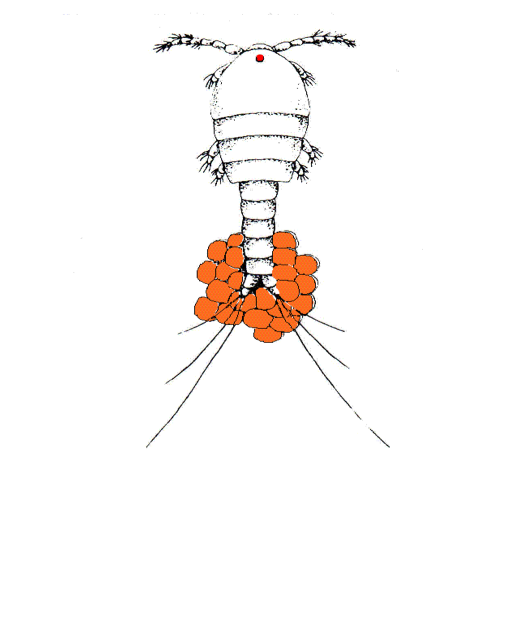Why are we so enamored with this particular copepod species?
Tigriopus californicus has many advantages for experimental studies. Here are just a few of its virtues:
Easily raised in the laboratory. The species is extremely hardy, being adapted to the harsh and fluctuating conditions of the high intertidal.
Amenable to crossing studies. Reproduction occurs year round, males and virgin females are easily identified, and controlled crosses can be maintained for many generations.
Short generation time. About 23 days at 20 C.
Highly subdivided populations. This makes the system ideal for studying local adaptation and also facilitates the development of population-specific markers.
No recombination in females. This allows for a number of genetic tricks including rapid mapping of markers to chromosomes and tests of interactions within vs. between chromosomes.
Viable F1 and F2 hybrids over a huge range of genetic divergence. This allows study of the full spectrum of postzygotic isolation from mild outbreeding depression to complete incompatibility, thereby avoiding the problem of focusing on incompatibilities that have accumulated only after isolation has occurred.
Extensive genetic resources. This including a battery of population-specific markers, a genetic linkage map, a fully sequenced reference genome (~190 Mb), as well as re-sequenced genomes and transcriptomes for multiple populations.
No sex chromosomes. This allows interesting comparisons to well-studied species that often have heteromorphic sex chromosomes.
